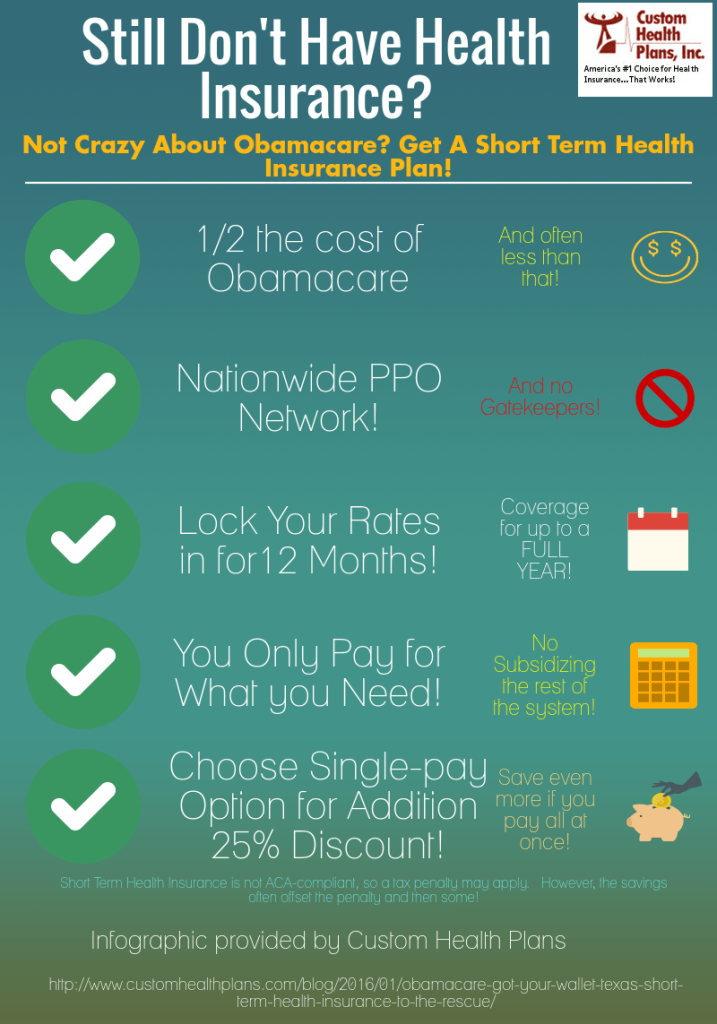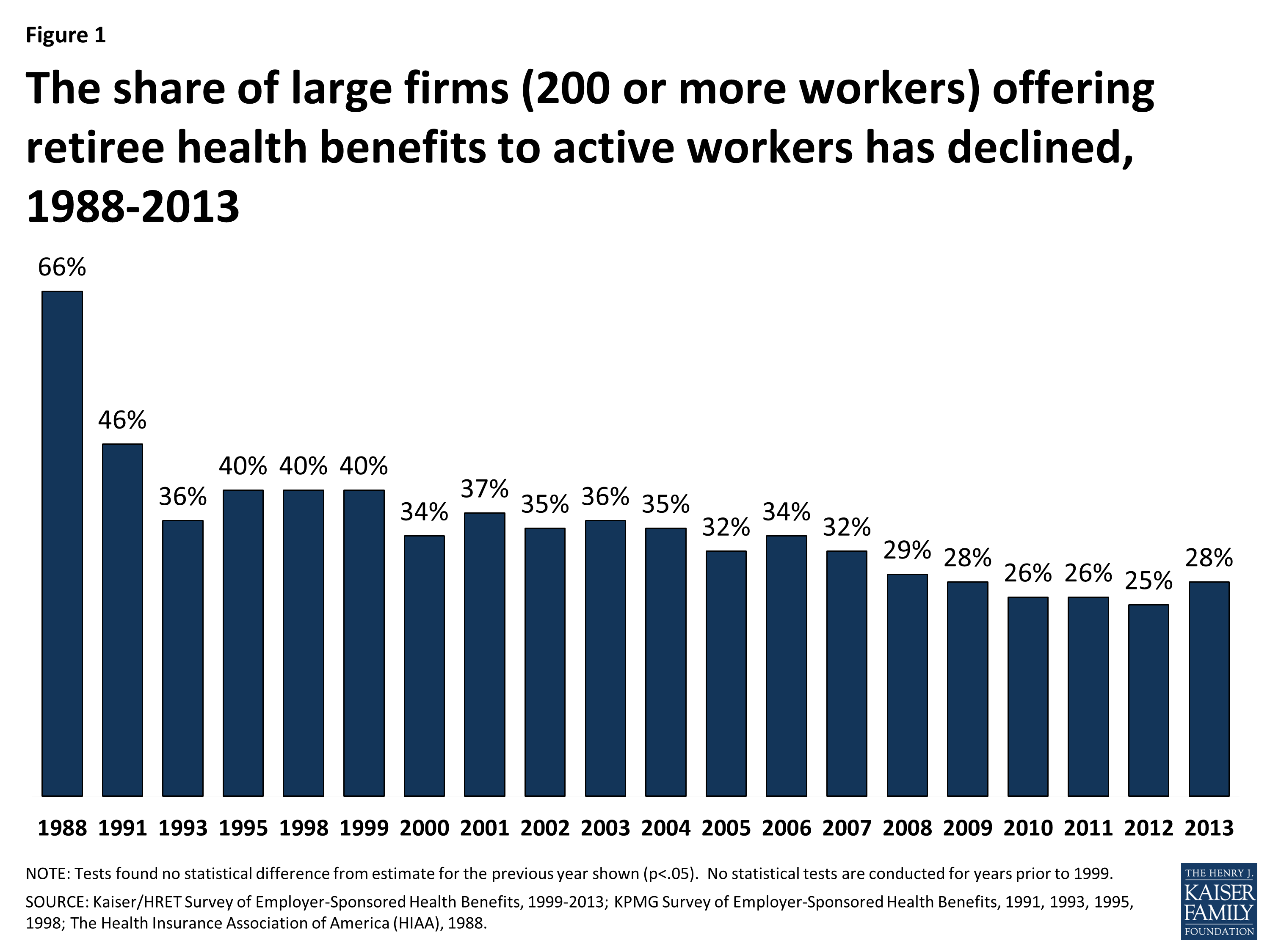Some Of Medicare Advantage Agent
Some Of Medicare Advantage Agent
Blog Article
3 Simple Techniques For Medicare Advantage Agent
Table of ContentsThe 5-Second Trick For Medicare Advantage AgentExcitement About Medicare Advantage AgentMedicare Advantage Agent Fundamentals Explained

follows from complies with the puzzling young reasonably profile of account uninsured with the better healthMuch better health and wellness average, standard younger persons. For those without accessibility to office health and wellness insurance policy, inadequate health is a possible obstacle to buying nongroup coverage since such protection may be extremely priced, exclude pre-existing problems, or be merely unavailable. Unless otherwise kept in mind, national quotes of individuals without health insurance policy and percentages of the populace with different kinds of protection are based on the CPS, the most extensively used source of quotes of insurance protection and uninsurance rates.

The Facts About Medicare Advantage Agent Revealed
The partnership between health and wellness insurance coverage and accessibility to care is well established, as recorded later in this chapter. The partnership between wellness insurance coverage and wellness outcomes is neither direct neither simple, a substantial professional and wellness services research literary works web links health insurance policy coverage
to improved access accessibility care, better far better, and improved personal and population health health and wellness. The second report, on personal wellness results for uninsured grownups, is represented by the innermost circle of the number, while the third record, on family members health, incorporates the topics of the 2nd record but emphasizes a different device of analysis, particularly, the family.
Additionally, it concentrates especially on those without any medical insurance for any kind of length of time. The problems faced by the underinsured are in some areas comparable to those faced by the without insurance, although they are generally much less severe. Uninsurance and underinsurance, nonetheless, entail clearly different plan problems, and the approaches for resolving them might differ. Throughout this study and the five records to comply with, the primary focus is on persons without any medical insurance and thus no support in spending for healthcare beyond what is available through charity and safety net organizations. Health and wellness insurance is a powerful factor affecting receipt of treatment since both people and doctors reply to the out-of-pocket rate of solutions. Health insurance, nevertheless, is neither needed neither adequate to get to clinical services. Nevertheless, the independent and direct effect of health and wellness
insurance policy coverage on access to health services is well developed. Others will obtain the wellness treatment they require even without medical insurance, by spending for it out of pocket or seeking it from suppliers that use care totally free or at highly subsidized prices. For still others, health and wellness insurance policy alone does not guarantee invoice of treatment as a result of various other nonfinancial obstacles, such as a lack of health and wellness care suppliers in their neighborhood, restricted accessibility to transport, illiteracy, or etymological and cultural differences. Formal research about without insurance populations in the United States dates to the late 1920s and early 1930s when the Board on the Expense of Healthcare created a series of reports regarding financing physician office visits and hospital stays. This problem ended up being significant as the numbers of clinically indigent climbed up throughout the Great Clinical depression. Empirical research studies constantly support the web link in between accessibility to care and boosted wellness end results(Bindman et al., 1995; Starfield, 1995 ). Having a normal resource of treatment can be considered a predictor of access, instead than a direct measure of it, when health outcomes are themselves made use of as gain access to indications. This extension of the concept of accessibility dimension was made by the IOM Committee on Keeping An Eye On Accessibility to Personal Healthcare Services(Millman, 1993, p. Whether parents are guaranteed shows up to affect whether or not their youngsters receive care as well as just how much careeven if the youngsters themselves have insurance coverage(Hanson, 1998). The wellness of moms and dads can affect their ability to look after their youngsters and the level of family stress and anxiety. Fretting about their kids's accessibility to care is itself a resource of tension for parents. Three phases follow in this report. Phase 2 supplies an introduction of how employment-based medical insurance, public programs and specific insurance plan operate and engage to provide considerable however incomplete coverage of the U.S. population. This includes a testimonial of historic patterns and public laws influencing both public and exclusive insurance policy, a conversation of the communications amongst the various sorts of insurance, and an assessment of why people relocate from one program to one more or end up

Report this page